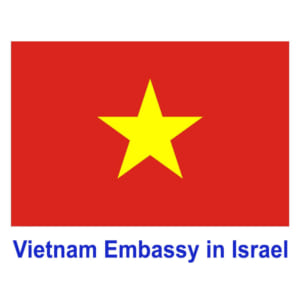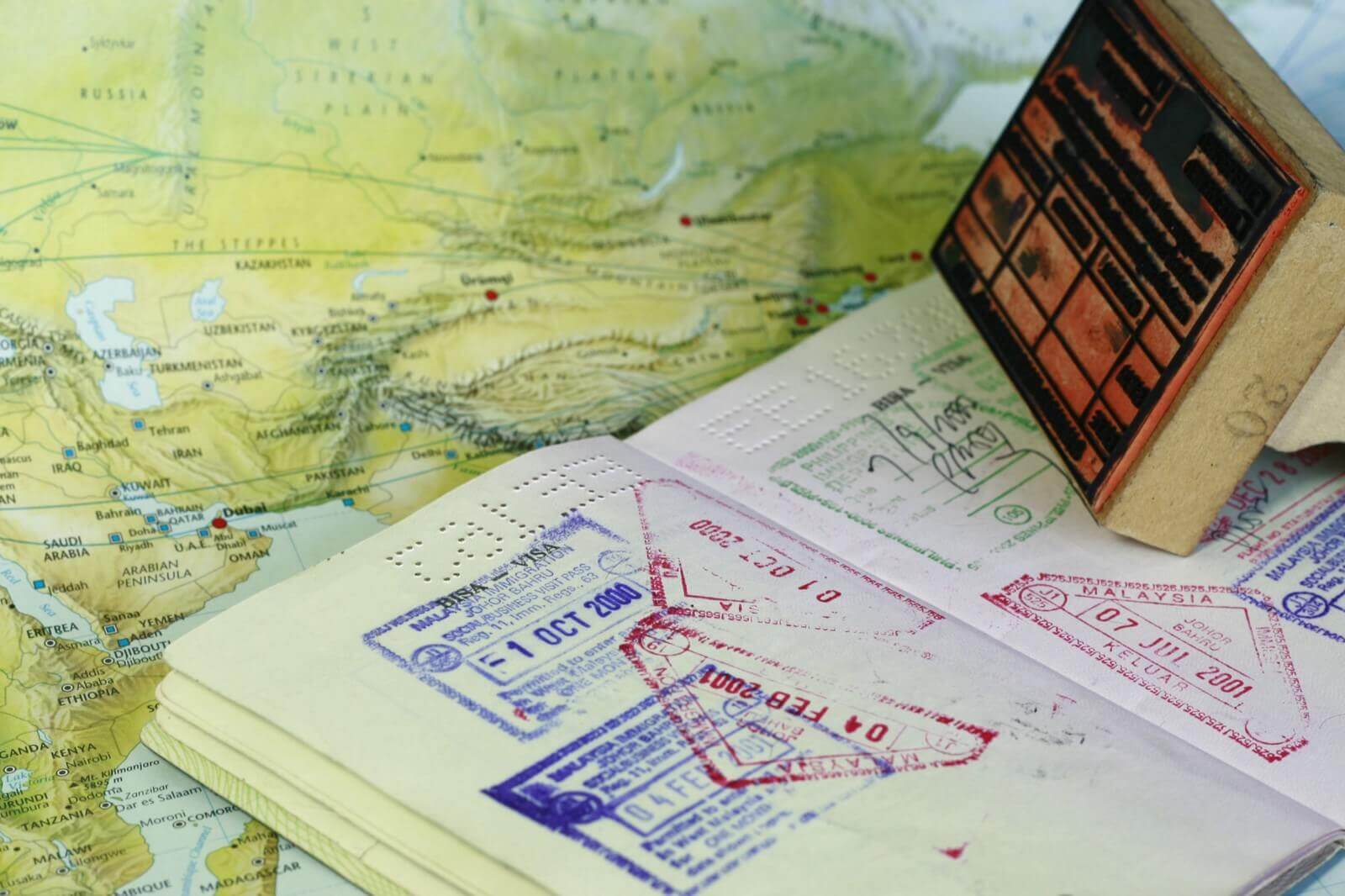
Vietnam Immigration Visa Everything You Need to Know
If you’re planning to visit Vietnam, one of the essential things you need to sort out is your visa. The process can be daunting at first, but with the right information, it’s a breeze. In this article, we’ll cover everything you need to know about Vietnam immigration visas, including types, application processes, and more.
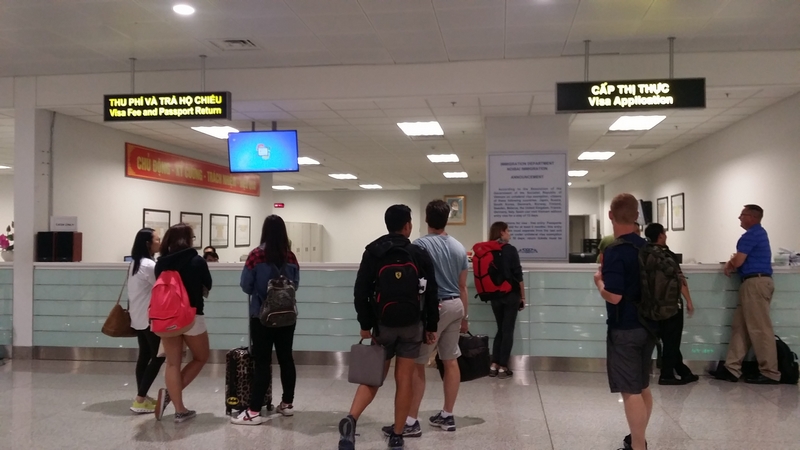
Types of Vietnam Immigration Visas
There are several types of visas available for entry into Vietnam. The type you need will depend on the purpose of your visit. Here are some of the most common types:
1. Tourist Visa
This type of visa is suitable for people who want to visit Vietnam for tourism purposes. It allows multiple entries and stays of up to 30 days each time.
2. Business Visa
A business visa is for individuals who plan to conduct business or work in Vietnam. It allows stays of up to 90 days and multiple entries.
3. Student Visa
If you’re planning to study in Vietnam, you’ll need a student visa. This visa allows stays of up to one year and multiple entries.
4. Transit Visa
A transit visa is necessary if you’re passing through Vietnam en route to another country. It allows stays of up to five days.
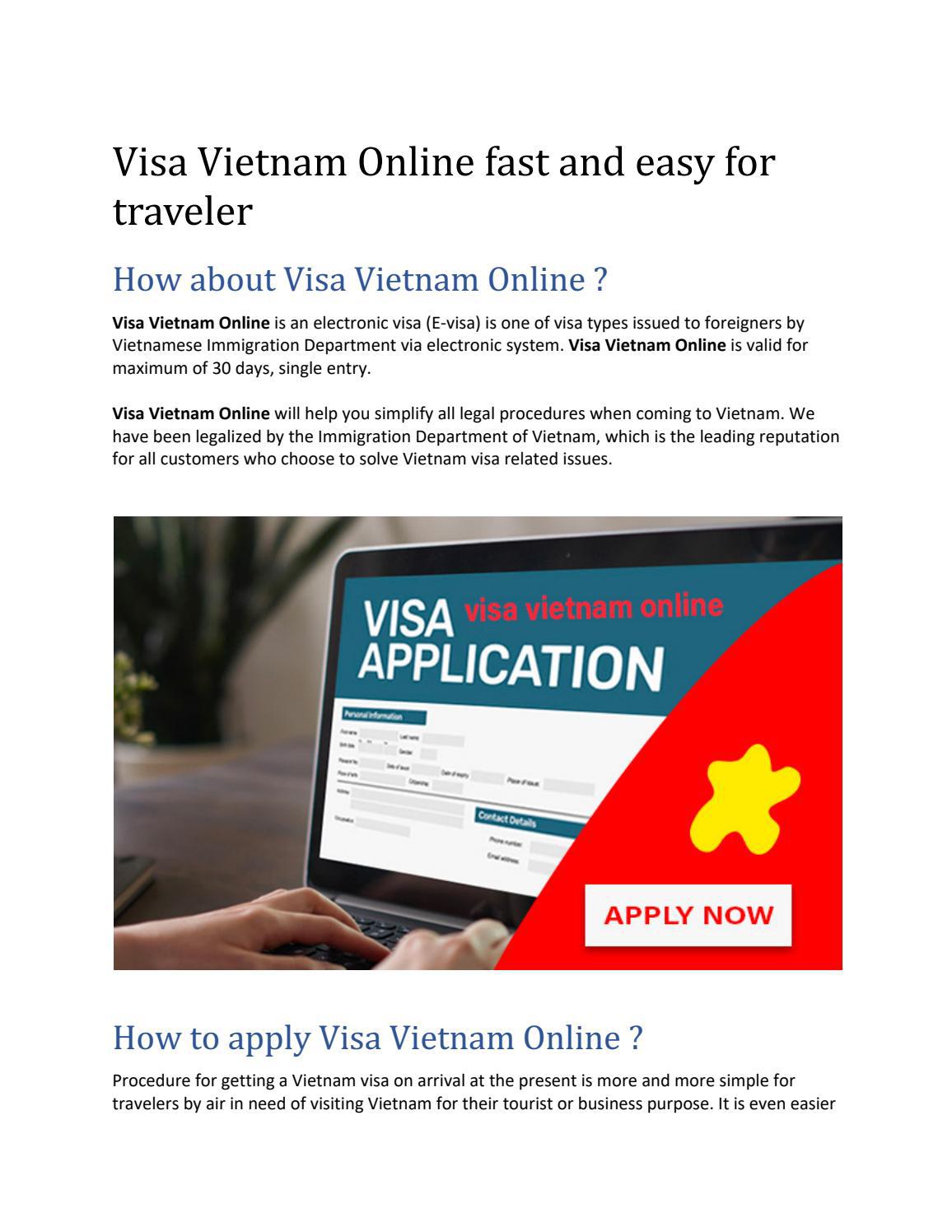
How to Apply for a Vietnam Immigration Visa
The process of applying for a Vietnam immigration visa varies depending on the type of visa you need. Here are the steps involved in the most common methods:
1. Vietnam Immigration Department Visa
You can apply for a Vietnam Immigration Department Visa by submitting an application to the Vietnam embassy or consulate in your home country. The application process usually takes around seven working days, and you’ll need to provide supporting documents such as your passport, itinerary, and hotel bookings.
2. E-Visa Immigration Vietnam
An E-Visa is an electronic visa that can be applied for online. You’ll need to complete an application form, upload supporting documents, and pay the fee online. The process usually takes around three working days, but it’s recommended to apply at least one week before your intended travel date.
3. Vietnam Immigration Visa on Arrival
If you’re arriving in Vietnam by air, you can apply for a visa on arrival at the airport. You’ll need to apply through an approved agency before you travel and provide supporting documents such as your passport and flight details. Once you arrive in Vietnam, you’ll need to go through an immigration check-in area where you’ll receive your visa.
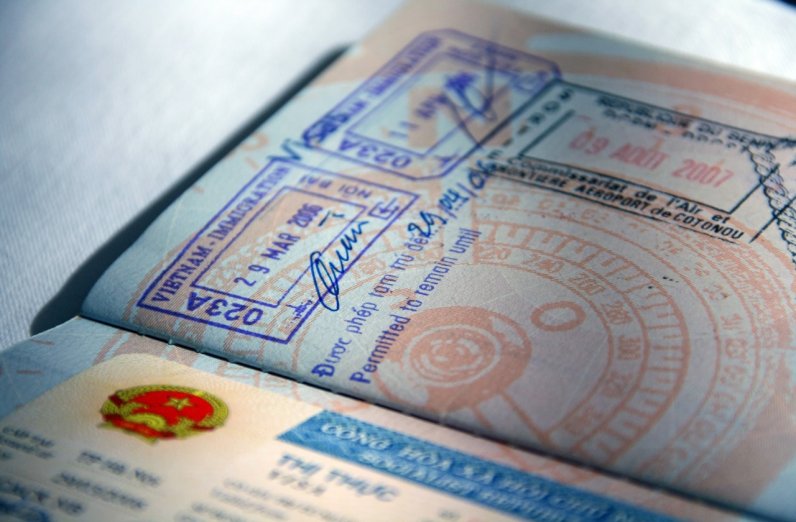
Comparisons of Vietnam Immigration Visas
Each type of visa has its advantages and disadvantages. Here are some comparisons to help you decide which one is best for you:
1. Vietnam Immigration Department Visa vs E-Visa Immigration Vietnam
While both options require similar supporting documents, an E-Visa is more convenient as you don’t need to visit an embassy or consulate. However, it’s only available for certain nationalities, and the stay period is limited to 30 days.
2. Vietnam Immigration Department Visa vs Vietnam Immigration Visa on Arrival
A Vietnam Immigration Department Visa requires a visit to an embassy or consulate, while a visa on arrival is available at the airport when you arrive. However, there may be long queues at the airport, and not all nationalities are eligible.
3. Tourist Visa vs Business Visa
A tourist visa allows stays of up to 30 days, while a business visa allows stays of up to 90 days. However, a business visa requires additional documentation, such as a letter from your employer or business partner.
Advises for Vietnam Immigration Visas
Here are some tips to help ensure a smooth application process:
1. Apply early
It’s essential to apply for your visa as early as possible, especially if you’re applying for a Vietnam Immigration Department Visa or E-Visa. This will allow you enough time to gather all the required documents and ensure that they’re in order.
2. Check the requirements
Each type of visa has different requirements, so it’s essential to check what documents you’ll need before you apply. Submitting incomplete or incorrect documentation can result in delays or rejection of your application.
3. Be aware of scams
There are many visa scams out there, so it’s crucial to be cautious. Only use reputable agencies or websites for visa applications and never provide personal information or payment details to unknown sources.

FAQs
Here are some frequently asked questions about Vietnam immigration visas:
1. Do I need a visa to visit Vietnam?
Most nationalities require a visa to enter Vietnam, but some countries have visa exemptions. Check with the Vietnamese embassy or consulate in your home country to see if you’re eligible.
2. How long does it take to process a Vietnam immigration visa?
The processing times vary depending on the type of visa and where you’re applying from . For example, a Vietnam Immigration Department Visa application can take up to seven working days, while an E-Visa application usually takes around three working days.
3. Can I extend my visa in Vietnam?
Yes, it’s possible to extend your visa while you’re in Vietnam. You’ll need to visit the immigration office and provide supporting documents, such as flight tickets and proof of accommodation.
4. Is it possible to get a same-day visa for Vietnam?
No, it’s not possible to obtain a same-day visa for Vietnam. The application process for all types of visas requires some processing time.
5. Can I enter Vietnam without a visa?
If you’re eligible for a visa exemption or have a valid visa, you can enter Vietnam without any issues. However, if you don’t have a visa or are ineligible for a visa exemption, you won’t be able to enter the country.
Conclusion
Obtaining a Vietnam immigration visa may seem daunting at first, but with the right information and preparation, it’s a straightforward process. Whether you opt for a Vietnam Immigration Department Visa, E-Visa Immigration Vietnam, or Visa on Arrival, ensure that you understand the requirements and submit complete and accurate documentation. By following these guidelines, you can ensure a hassle-free entry into Vietnam.
